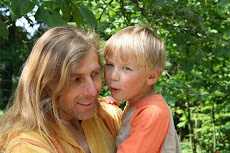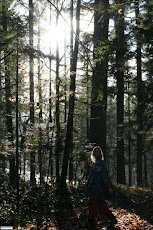 First off, kudos to Stephen Harper. I won't get to say that much, so let's give him a bit of credit for comprehending the significance of Jack Layton's passing and declaring and extra-ordinary state funeral. Whatever his motivation, he apparently has belatedly understood the profound impact and depth of character of the opposition leader.
First off, kudos to Stephen Harper. I won't get to say that much, so let's give him a bit of credit for comprehending the significance of Jack Layton's passing and declaring and extra-ordinary state funeral. Whatever his motivation, he apparently has belatedly understood the profound impact and depth of character of the opposition leader.
I seem to share with Mr. Harper that belated understanding. When I blogged about strategic voting back in May, I was clever enough to foresee the surge in NDP popularity, but pretty much laughed at the idea of a Prime Minister Layton.
Now many of us are finally learning about the man and his convictions, and gaining a new-found respect for him. I still have trouble seeing him as Prime Minister, but with the rare exception of Barack Obama it's generally hard to see anyone as a leader until after the fact. It's why promoting from within is so difficult; it's why we have trouble trusting our kids to take on new responsibilities; it's why we keep electing the same people again and again to political office, to school committees, to host the Oscars. There was a time when Billy Crystal would have topped most of our Least-Likely-To lists, then an era when it seemed he was the only one who could. Just because one person gave him the chance.
So here's the recognizing prophets in our own lands. To believing in new bands and new candidates, embarking on new paths and new beginnings, building brave new worlds. If Jack Layton could inspire so many not only through his death but through his life, why not anyone else? Why not everyone else? What could my children, my friends, the boy bagging my groceries, even me - especially me - what could we achieve if we truly believed in the potential of each and every human being? Here's to healthy dose of Jack Layton commitment, drive and optimism.
My friends, love is better than anger. Hope is better than fear. Optimism is better than despair. So let us be loving, hopeful and optimistic. And we’ll change the world. --- Jack Layton















